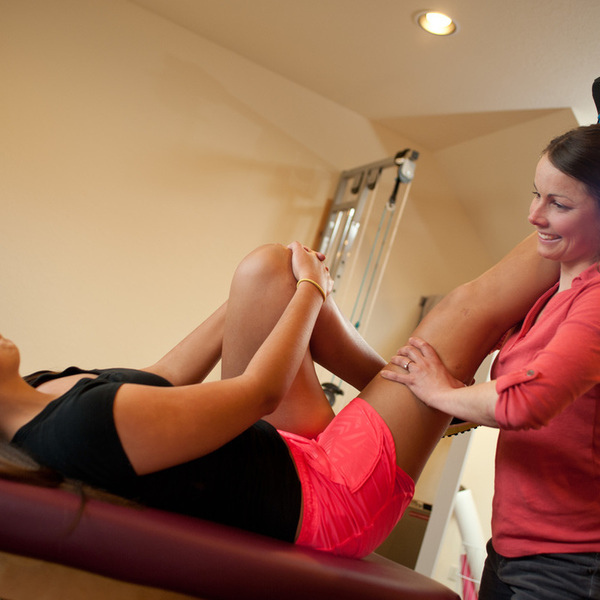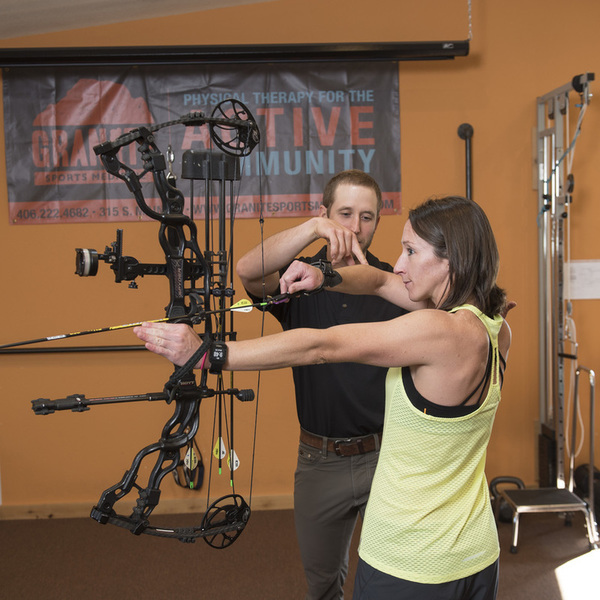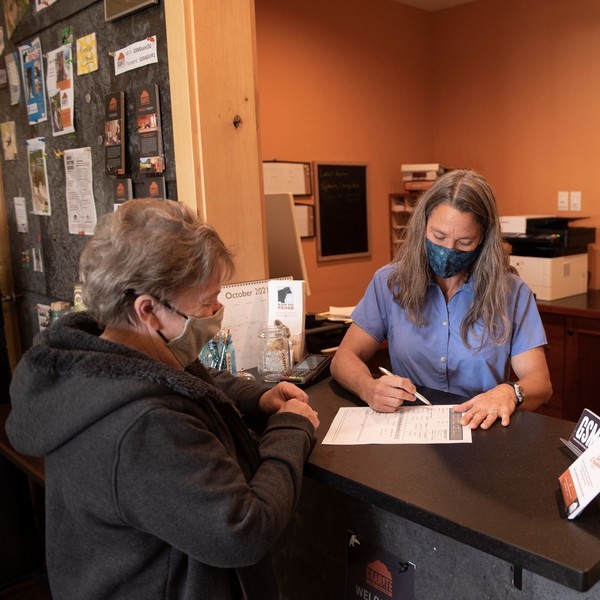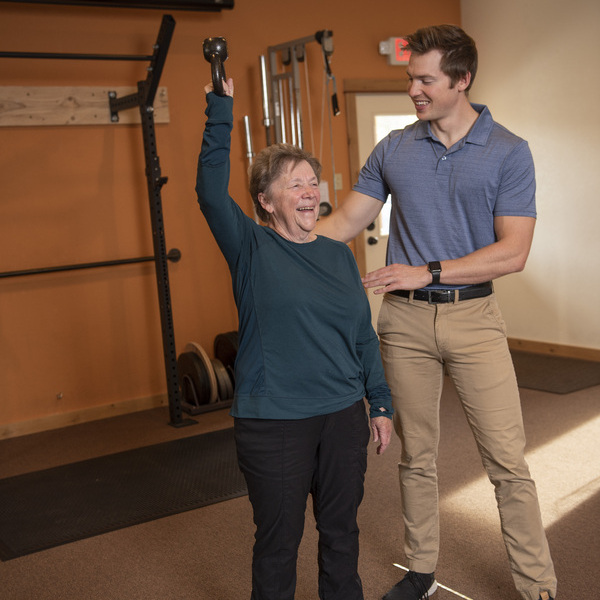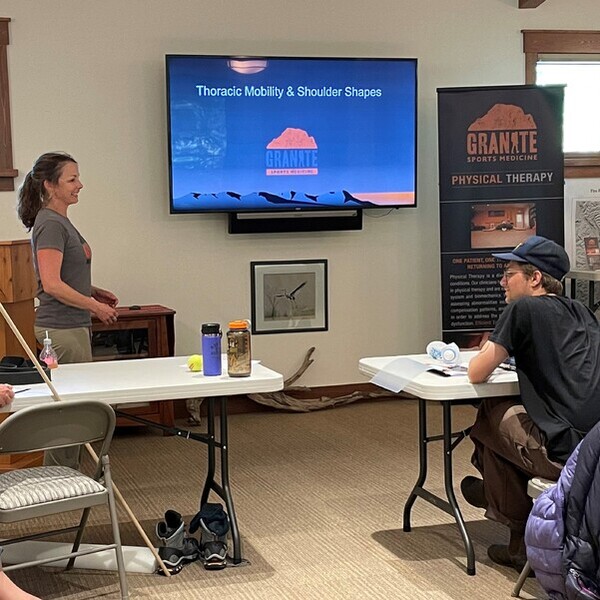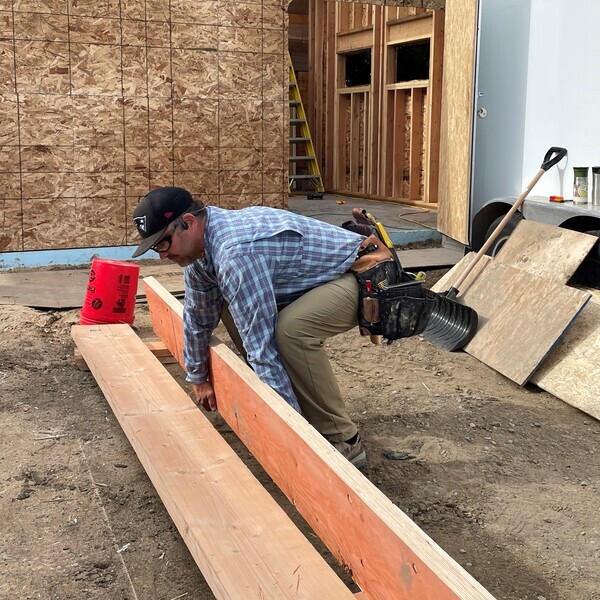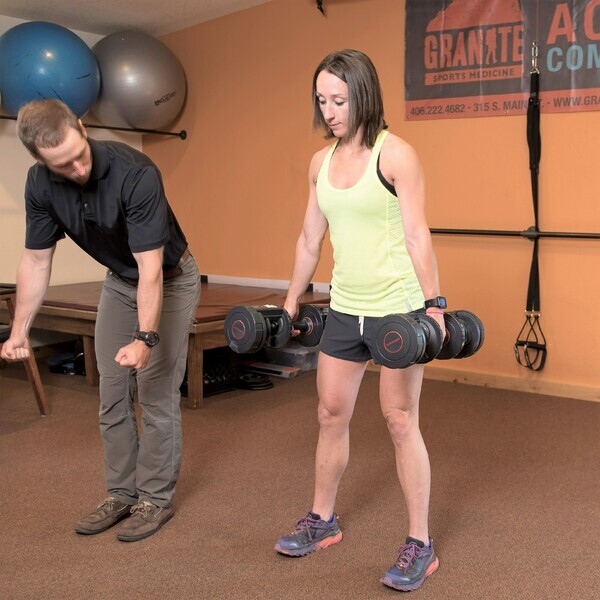Pain, an all-too-familiar sensation for many, often leads us down a path of frustration and quick fixes. However, what if we were to interpret pain not as a mere inconvenience, but as a critical message about our body's mechanics and movement? Instead of resigning ourselves to discomfort, understanding what pain signifies can transform our approach to physical well-being. This is where the I3 Model, a concept borrowed from engineering and adapted by the physical therapy genius Kelly Starrett, comes into play. This model offers a blueprint for navigating, and ultimately overcoming pain.
Understanding the I3 Model
At its core, the I3 Model simplifies the complexity of pain and injury into three interconnected stages:
I1: Incomplete Mechanics
The first stage, Incomplete Mechanics, highlights the root of most pain: poor movement patterns, limited range of motion, and inadequate strength. These deficiencies lead to suboptimal body mechanics and compensations, setting the stage for strain and over-tension in our tissues. Most of us are blissfully unaware of these issues until they escalate.
Key Insight: Ignorance might be bliss, but not in the realm of body mechanics. Addressing Incomplete Mechanics early can prevent the downward spiral into chronic pain. Check out our Shapes series on YouTube to learn how to move efficiently.
I2: Incidents
Progressing to the second stage, pain becomes apparent and is usually triggered by specific activities (e.g., running, squatting, reaching overhead). Incidents are the aches and pains that seem to come out of the blue and there is no identifiable trauma. To tie in last month’s content, imaging is NOT indicated or helpful for I2 issues. This stage is a stark indicator that our body is no longer able to cope with the stressors imposed by our persistent mechanical or loading errors.
Key Insight: Pain at this stage is a lagging indicator, a cry for help from our body urging us to reassess and adjust our movement patterns and training before it's too late.
I3: Injury
The final stage, Injury, brings activity to a halt, signifies that the damage has been done and forcing a confrontation with the reality of our neglect. The cumulative effect of ignoring our body's warnings and chewing through enough I1 and I2 cycles is that your tissues failed and you are dealing with lasting pain and possible disability for several weeks. Nobody likes I3. The unplanned (and hard to avoid) slips, trips, and falls land in this category too. That’s where imaging can be helpful if we fell off a ladder and can’t lift our arm, or our knee is buckling after that big ski wreck.
Key Insight: Injury is not just a physical setback; it's a wake-up call to prioritize our movement health to avoid future debilitations.
The Path Forward
So, what's the takeaway? Pain should serve as a catalyst for change. Often vilified and misunderstood, pain is actually a sophisticated messaging system designed to protect and inform us. By decoding its messages through the lens of the I3 Model, we can preemptively address the root causes of discomfort and avoid the pitfalls of injury. Embrace pain as a teacher, guiding you toward a more informed and intentional approach to your physical health. Remember, pain is not the end but the beginning of understanding your body better and unlocking its full potential.
- Written by Team GSM
 Call 406 222 4682
Call 406 222 4682 Text 406 222 4682
Text 406 222 4682 Get Directions
Get Directions Instagram
Instagram  You Tube
You Tube 
